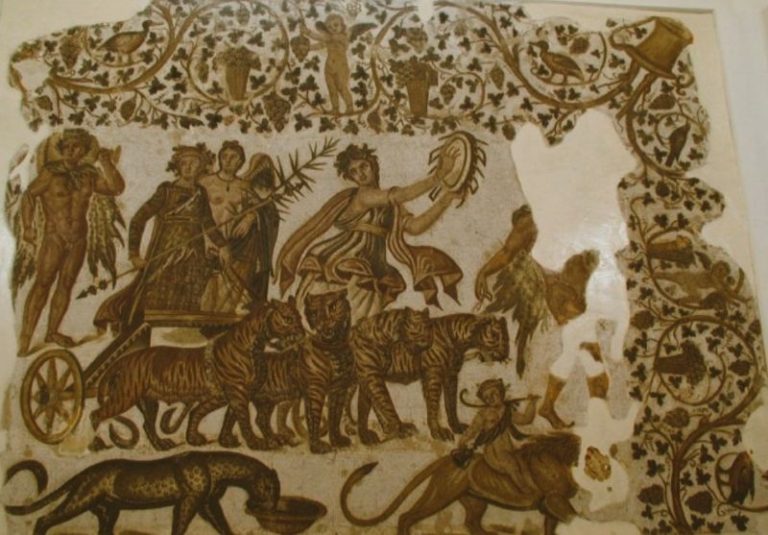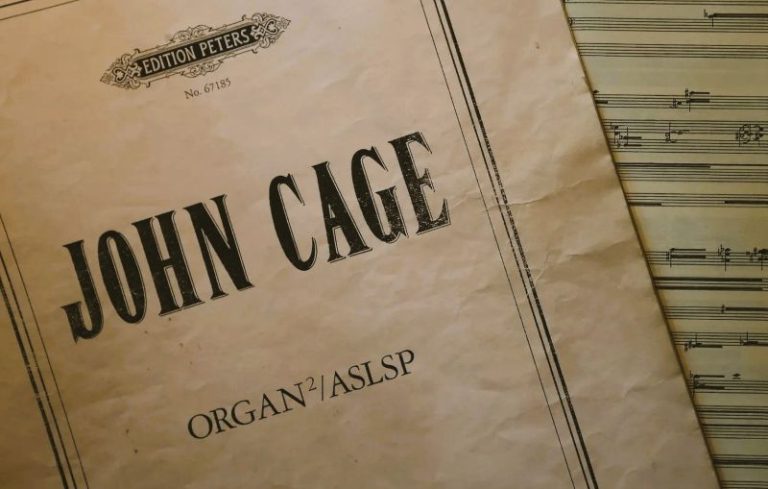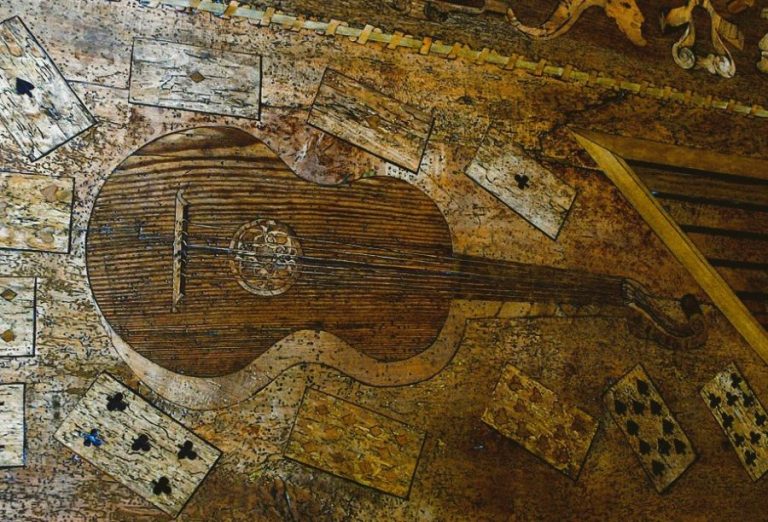
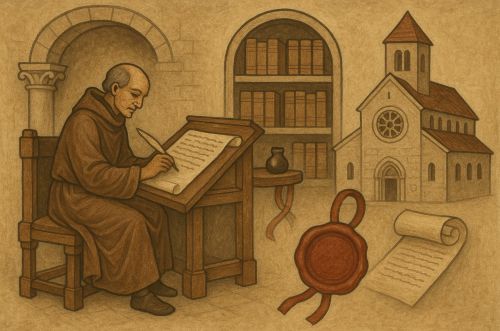
Medieval record-keeping technology encompassed more than quills and parchment. It represented a cultural shift toward inscription as the guarantor of truth, authority, and continuity.

By Matthew A. McIntosh
Public Historian
Brewminate
Introduction
The Middle Ages have often been caricatured as an era of oral culture, where memory outpaced written documentation. Yet this image collapses under scrutiny. By the thirteenth century, Europe was saturated with written records: charters and cartularies, guild statutes, notarial protocols, and merchant ledgers. The technologies and practices of record-keeping were not marginal but central to the operation of medieval society. From the parchment of monasteries to the paper of Florentine bankers, the medieval world developed systems of inscription that preserved property rights, facilitated commerce, and projected authority. In these traces of ink and wax, one can discern both the technical ingenuity and the cultural anxieties of a civilization increasingly defined by its documents.
The Material Foundations of Record-Keeping
Parchment and Vellum

The backbone of medieval record-keeping was parchment, derived from the treated skins of sheep, goats, or calves. Its durability rendered it ideal for documents that needed to withstand centuries. Vellum, calfskin of especially fine quality, was often reserved for illuminated manuscripts and legal codices of particular prestige. Preparation of parchment was a skilled craft involving scraping, stretching, and liming to produce a surface receptive to ink. The result was a material that embodied permanence and solemnity; to inscribe parchment was to stake a claim upon posterity.
Ink and Its Alchemy
Ink, though seemingly secondary, was a complex and volatile medium. The most widespread formula in Europe was iron gall ink, concocted from oak galls (tumors produced by wasps), iron salts, and gum Arabic.1 This ink bit into parchment fibers, producing lines that darkened with time but also risked eventual corrosion. Alternatives, such as carbon-based inks, were less corrosive but prone to smudging. The recipe itself was a guarded craft, transmitted in artisanal circles and adapted by scribes who understood its significance: without ink, memory dissolved.
The Quill as Instrument
The quill pen, typically cut from goose, swan, or crow feathers, was the indispensable tool of medieval scriptoria and chancelleries. Its flexibility allowed scribes to produce fine strokes for Gothic minuscule or broader lines for formal capitals. Cutting a quill was a skill in itself; scribes shaped the nib to suit specific scripts. The materiality of the quill (light, fragile, organic) stands in stark contrast to the durable permanence of the records it created, a paradox that encapsulates the tenuous relationship between human effort and historical endurance.
The Arrival of Paper
Paper, introduced to Europe via Islamic Spain and Italy in the twelfth century, gradually became a rival to parchment. Manufactured from linen rags pulped and dried on mesh screens, it was cheaper and more abundant. While early skepticism questioned its durability, by the fourteenth century Italian bankers and city administrations widely adopted paper for everyday accounts. This shift democratized record-keeping, making it possible to generate the enormous volumes of documentation characteristic of late medieval bureaucracy.
Practices of Documentation
Charters, Cartularies, and Seals
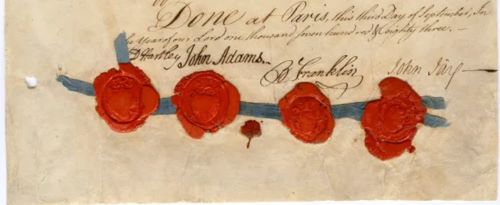
The charter was the archetypal medieval document, used to record grants, privileges, and transactions. To safeguard their authenticity, charters were sealed, wax impressions of signet rings or official matrices attached by cords. The seal served both a juridical and symbolic role, embodying the presence and authority of the grantor.2 Over time, monasteries and secular lords began compiling cartularies: bound volumes of copied charters, organized by estate or donor. These cartularies functioned as institutional memory, ensuring that rights were preserved even if original documents were lost.
Financial Records: Journals and Ledgers
The rapid expansion of commerce in the thirteenth and fourteenth centuries demanded more sophisticated record-keeping. Italian merchants pioneered double-entry bookkeeping, using journals (giornali) to record daily transactions and ledgers (libri mastri) to balance accounts. This method, credit on one side, debit on the other, enabled a systemic overview of assets and liabilities, revolutionizing economic administration³. The material form of these records, often paper bound in heavy volumes, mirrored the solidity of the enterprises they supported.
Organization and Retrieval
Record-keeping was not merely inscription but also retrieval. Scribes employed rubrics, marginalia, and later alphabetical or chronological indexes to facilitate access. Archives developed systems of storage: chests, cupboards, and eventually dedicated record rooms. In ecclesiastical contexts, documents were sometimes chained to desks to prevent theft. The sheer growth of documentation forced innovations in classification: without order, the record itself risked becoming unusable.
Authenticity and Notaries
A crucial development in the medieval Mediterranean was the rise of the notarial profession. Notaries, licensed by civic or papal authority, drafted documents with formulaic precision, ensuring their legal validity. Their signatures and signa notariae guaranteed authenticity in an age before centralized registries. The notarial culture of cities like Bologna or Barcelona represented an institutionalization of trust, making written records the backbone of civic and commercial life.
The Social Context of Record-Keeping
Ecclesiastical Custodianship

The Church was both the largest landholder and the most prolific producer of records in medieval Europe. Monasteries preserved charters in scriptoria, while cathedral chapters maintained registers of clerical appointments and diocesan administration. The Church’s concern with memory, spiritual and institutional, meant that record-keeping became a devotional as well as administrative act. Writing could secure salvation, as in the recording of names in necrologies to ensure perpetual prayers for the dead.
Civic and Commercial Expansion
Urban growth produced its own record-keeping demands. City councils documented statutes, judicial decisions, and tax rolls. Guilds recorded membership and regulations, binding artisans into corporate bodies. Merchants, meanwhile, relied on contracts, bills of exchange, and correspondence to conduct trade across continents. Records became the lifeblood of trust in a world where personal presence could not guarantee enforcement.
Records and Power
Record-keeping also reinforced hierarchies. Access to documents was often restricted to elites: clergy, civic officials, wealthy merchants.3 Literacy rates remained low, meaning the record was mediated through professionals. Yet the very existence of archives enhanced the authority of institutions: to control documents was to control memory, and thus to command legitimacy.
The Evolution of Medieval Record-Keeping
From Script to Print
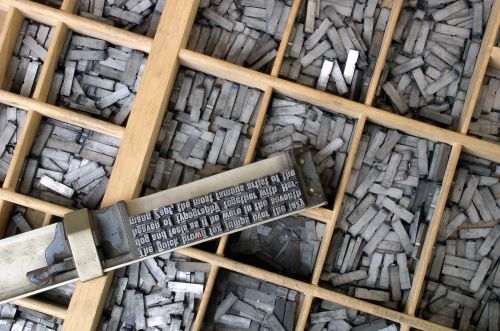
By the fifteenth century, the invention of printing with movable type accelerated the transformation of record culture. Though handwritten charters and ledgers persisted, print enabled mass production of statutes, edicts, and legal codes, further standardizing governance. The manuscript record did not vanish, but it was increasingly supplemented by a medium that promised both efficiency and reach.
From Memory to Bureaucracy
The cumulative effect of medieval record-keeping was the emergence of bureaucracy. Monarchies, municipalities, and monasteries alike learned to rely on written archives rather than personal recollection. This development laid the groundwork for the modern state, where taxation, justice, and commerce rest upon written, and now digital, records. The medieval scribe, hunched over parchment with quill in hand, thus stands as a distant ancestor of today’s data clerk.
Conclusion
Medieval record-keeping technology encompassed more than quills and parchment. It represented a cultural shift toward inscription as the guarantor of truth, authority, and continuity. Materials such as parchment and ink embodied permanence; practices like sealing, indexing, and double-entry bookkeeping ensured authenticity and utility; and institutions from monasteries to merchant guilds transformed these technologies into instruments of social power.
In their cumulative effect, medieval records did not merely preserve the past; they created it, shaping how societies understood themselves and legitimized their actions. The evolution of these practices marked the slow but decisive passage from a world of memory to a world of documents.
Appendix
Notes
- J. A. Szirmai, The Archaeology of Medieval Bookbinding (Aldershot: Ashgate, 1999), 34–38.
- Brigitte Bedos-Rezak, When Ego Was Imago: Signs of Identity in the Middle Ages (Leiden: Brill, 2010), 55–70.
- Raymond de Roover, The Rise and Decline of the Medici Bank, 1397–1494 (Cambridge: Harvard University Press, 1963), 57–61.
Bibliography
- Bedos-Rezak, Brigitte. When Ego Was Imago: Signs of Identity in the Middle Ages. Leiden: Brill, 2010.
- de Roover, Raymond. The Rise and Decline of the Medici Bank, 1397–1494. Cambridge: Harvard University Press, 1963.
- Szirmai, J. A. The Archaeology of Medieval Bookbinding. Aldershot: Ashgate, 1999.
Originally published by Brewminate, 08.20.2025, under the terms of a Creative Commons Attribution-NonCommercial-NoDerivatives 4.0 International license.
